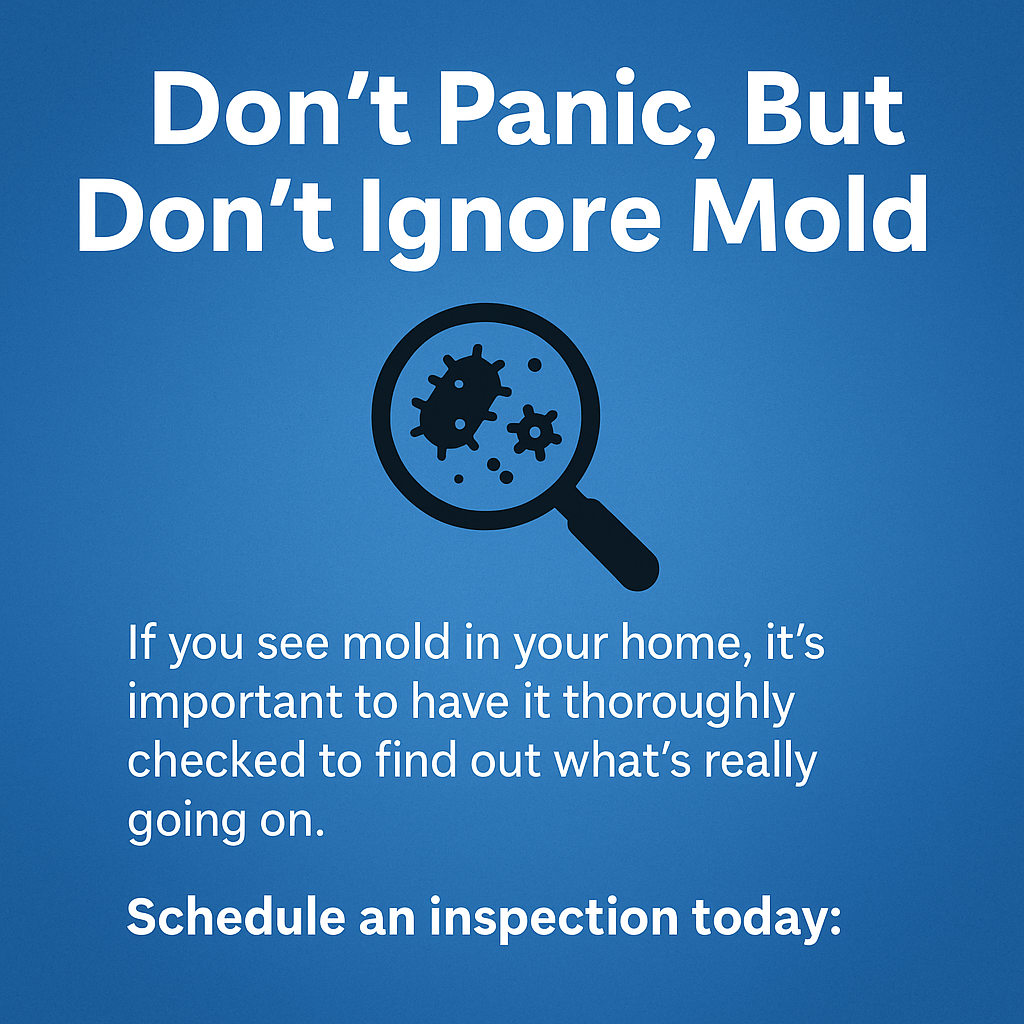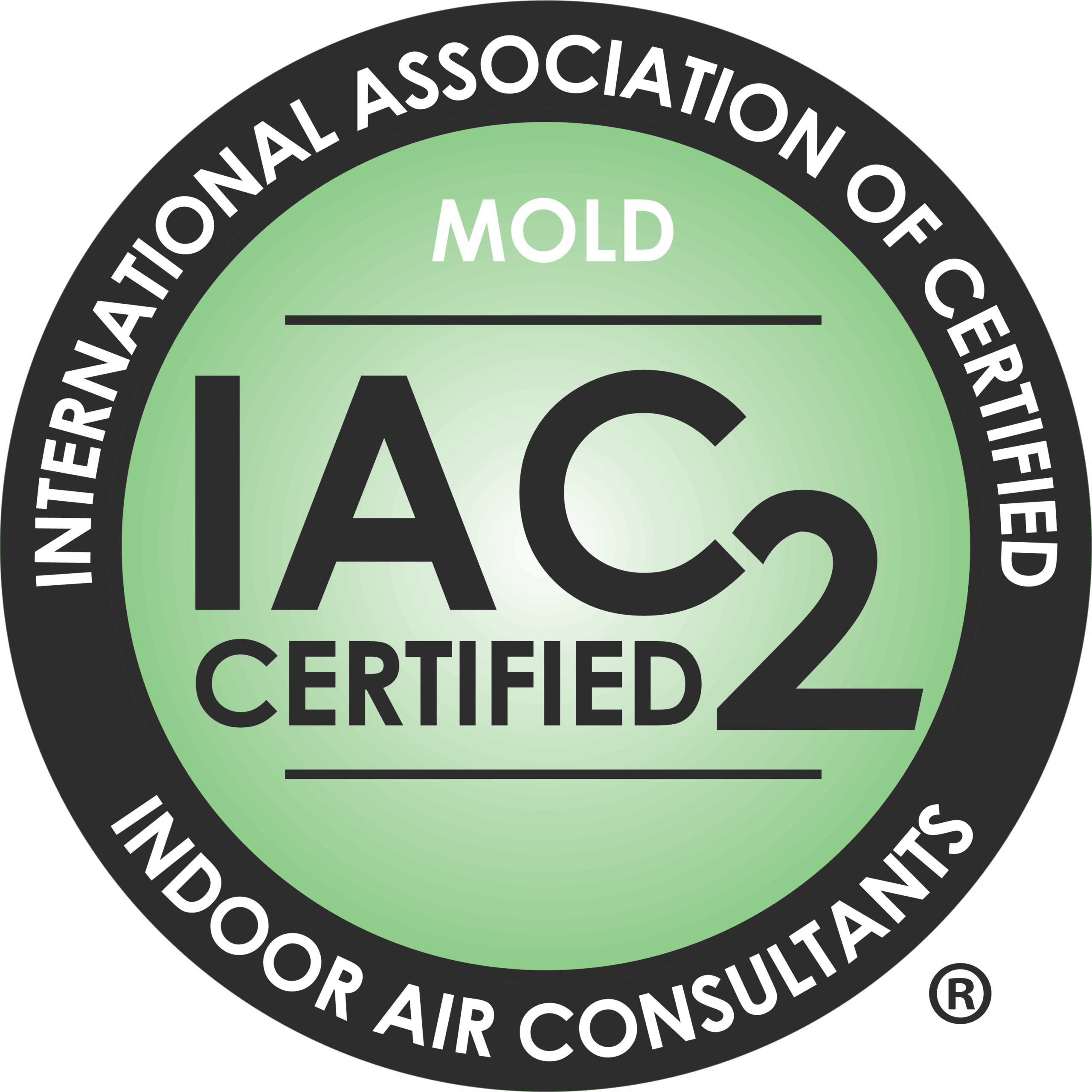“Black Mold” Isn’t Always What You Think: What Texas Homeowners Should Know
If you’ve searched online about mold, you’ve probably seen scary headlines about “black mold.” It sounds dangerous—maybe even deadly. But here’s the truth:
“Black mold” isn’t a scientific term. It’s a nickname that’s often misused and misunderstood.
What People Really Mean by “Black Mold”
Most people are thinking of Stachybotrys chartarum—a slow-growing, dark greenish-black mold that can produce mycotoxins under certain conditions. This mold is linked to water-damaged buildings and gets plenty of media attention.
But here’s the catch:
- Not all black-colored mold is Stachybotrys.
- Not all molds that look scary are toxic.
Many Molds Can Look Black
Other common molds—like Cladosporium, Aspergillus, and Alternaria—can also appear dark or black. These species may trigger allergies or asthma, but not all produce dangerous toxins.And in reality, most indoor mold problems don’t involve toxigenic species at all.
Even Non-Toxic Mold is Still a Concern
No matter the color or species, visible mold indoors is a sign that something needs attention. It can:
- Contribute to allergic reactions or breathing issues
- Damage drywall, wood, or insulation
- Point to an underlying moisture problem
- Spread if left untreated
The Real Issue to Focus On
The question isn’t just whether mold is “black.” The real concern is whether it’s:
- Actively growing inside your home
- Feeding on water-damaged materials
- Releasing spores into your indoor air
- Affecting your indoor environment
How I Can Help
As a licensed Mold Assessment Consultant in Texas (TDLR License #MAC2143), I don’t guess based on looks. I use professional mold inspections, moisture readings, and accredited lab testing to determine:
- What type of mold is present
- How extensive the problem is
- Whether remediation is necessary
In Texas, a remediation project can’t legally begin without a MAC inspection and protocol. This system protects homeowners from unnecessary or overpriced work.
Sometimes what looks like mold is just staining or discoloration. Other times, a small spot may point to a larger hidden issue. Testing and inspection provide the facts.
Bottom Line
Don’t panic—but don’t ignore mold, either.
If you’re seeing possible mold—or just want peace of mind—schedule a professional inspection with a licensed MAC who will give you clear answers, not hype.
📍 Serving Kingwood, The Woodlands, Conroe & Greater Houston
📞 Call A Light in the Attic – Home and Mold Inspections today for expert mold testing in Texas.










